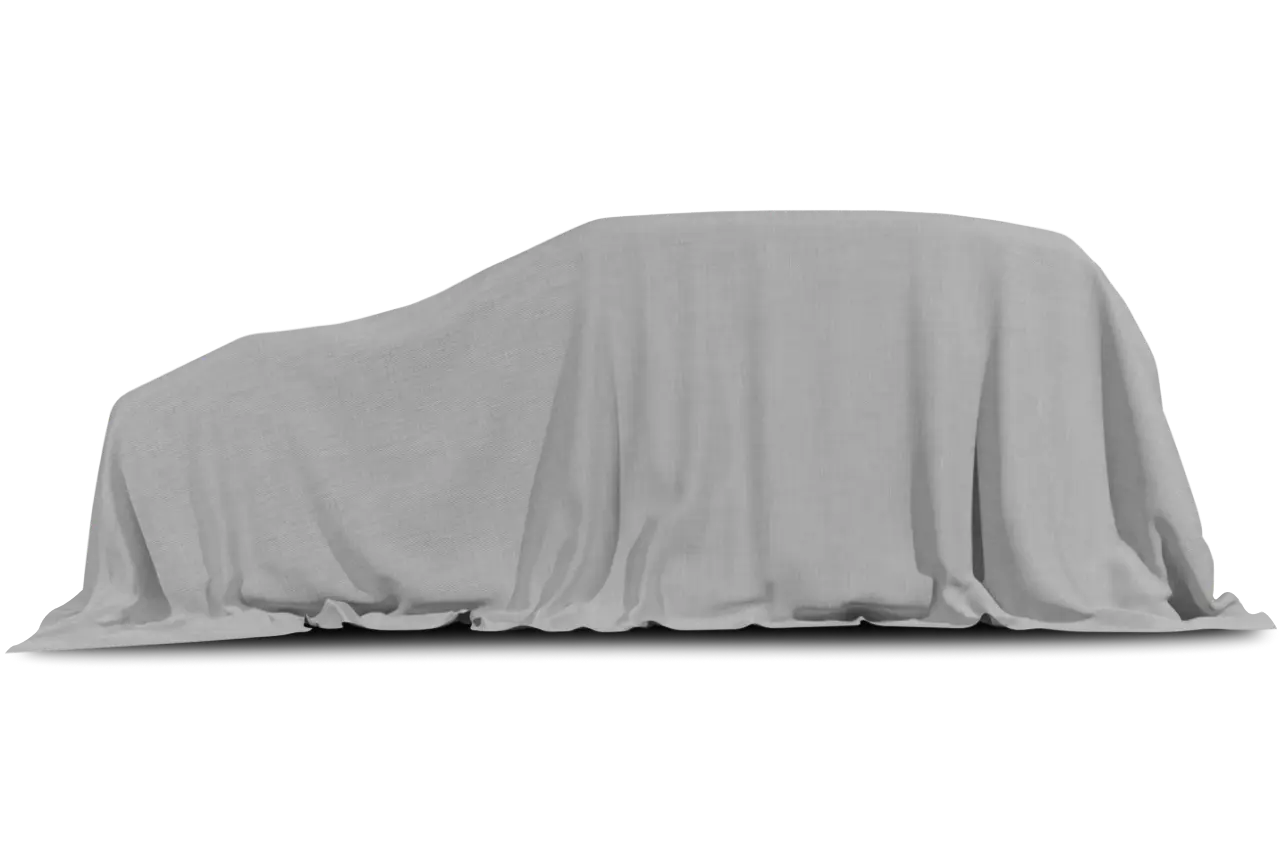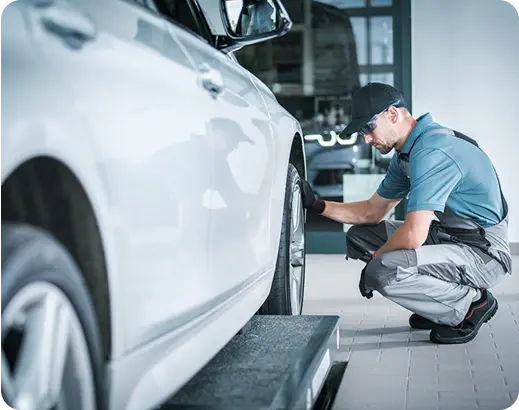
I understand rich people. They want to be alone. They want to be different from you and me, which they are. But lately that has been difficult to show.
Not long ago, only the rich could afford a Mercedes-Benz, Porsche, Jaguar or BMW. Now, middle-class people routinely buy those cars, partly because household incomes have risen but also because prestige has morphed into “masstige” — the mass marketing of vehicles with prestige nameplates at volume-sales prices.
But masstige has a downside. It demystifies exclusion, and that upsets the truly rich. Thus, we have the revival of the Maybach, which reigned as one of the world’s most luxurious, most technically sophisticated automobiles from 1921 to 1941.
The Maybach returns in the 2003 model year as the car for those who have everything — and who could afford much, much more.
Move over Rolls-Royce, Bentley, BMW 7-Series and Mercedes-Benz S-Class. The new Maybach, which shares corporate parentage with Mercedes-Benz through DaimlerChrysler, is vying to become the world’s ultimate luxury sedan. At $310,000 and up, it’s already extraordinary.
I wanted to understand this car and the kind of people who could afford it. So it was out of a profound dedication to capitalism and democracy that I journeyed to Hamburg, one of Europe’s wealthiest cities, to do some research. I learned much.
For example, there is the basic principle of exclusion: The “best” cannot be the best if everyone can have it. That is why Mercedes-Benz plans to build — mostly hand-build — only 1,000 Maybachs annually for global sales. That is why no two Maybachs will look exactly alike. Each car, be it an owner-driven Maybach 57 (18.3 feet long) or a chauffeured Maybach 62 (20 feet), will be built to the specifications of the buyer.
Exclusivity also is why the Maybach, named after Wilhelm Maybach, Mercedes-Benz’s first designer, is called Maybach. DaimlerChrysler officials considered affixing Mercedes-Benz’s star and name to the Maybach’s hood, but they abandoned that idea after would-be buyers objected.
“Many of them already have owned everything we built,” said Prof. Juergen Hubbert, the DaimlerChrysler board member in charge of Mercedes-Benz. “They said they wanted something with Mercedes-Benz quality, but that they did not want just another Mercedes-Benz. They wanted a distinctive car, something few people owned, or something no one else owned in their area. We gave them the Maybach.”
What a “gift”!
The Maybach 57 and the Maybach 62 are corporate jets on wheels, outfitted with every conceivable electronic device, including remote-controlled video screens and audio equipment and plug-in portals for fax machines and laptop computers. The 62 can be equipped with an optional electro-transparent cabin screen and electro-luminescent glass roof. The cabin screen becomes opaque or transparent at the touch of a button. The glass roof can either admit or block su nlight, or emit its own light.
Seats in both cars surpass those found in airlines’ first-class cabins. In the Maybach 62, the rear seats can be extended 45 degrees to comfortably support the reclining body of a professional basketball player.
Interior materials are nothing short of exotic. There is a blend of rich leathers, including the softer-than-thou grand nappa, supple nappa and a thin-napped leather called Neubuk. Buyers can choose one of three wood veneers — a light-colored cherry, a reddish-brown cherry or a deep-brown Amboyna. The veneers are used throughout the passenger cabin, including on the tops of cleverly hidden fold-out work/dining tables.
Exclusivity demands extravagance, and there is lots of it in the Maybach’s 5.5-liter, 550-horsepower V-12 engine, which is as quiet and smooth as it is powerful. Reaching 120 mph on Germany’s autobahn was so effortless it was shocking.
But the Maybach is much more than the sum of its parts. It is mor art than car, more statement than anything else. It speaks clearly: “I am rich. You are not. I have prestige. You have masstige. Please don’t take any of this personally. It’s just the way things are. I am different.”



